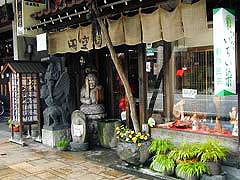
His predecessor, Mr. Sanrou, is the one who restored Enku-Buddha in modern times. Now it is inherited by the second generation. Enku Buddha, which was left by Enku, who continued to carve Buddha statues while proselytizing the countries, is still a white tree, while Sanryu is painted black. However, the expression with a gentle smile is the same in the rough cut. The gold-brig wrestler statue of 9500 yen. In addition, there are daitiki dyeing, silk scarves, and tapestries of saki weave using yew wood chips. In addition, the old-time Sarubobo, the Mayoke doll, etc. are also shown on sale in the store.
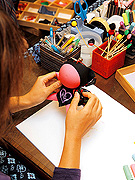
Yuru-chara of Hida Takayama, full of hidachi goods and Sarubobo goods. Hinachi's endearing face and full stomach are adorable. The Sarubobo experience classroom is also held, where you can easily enjoy making the Sarubobo. 1300 yen per person ~ (time 10 ~ 16:00, 6 or more people need to be booked. Reservation is recommended during busy season such as GW and Obon).
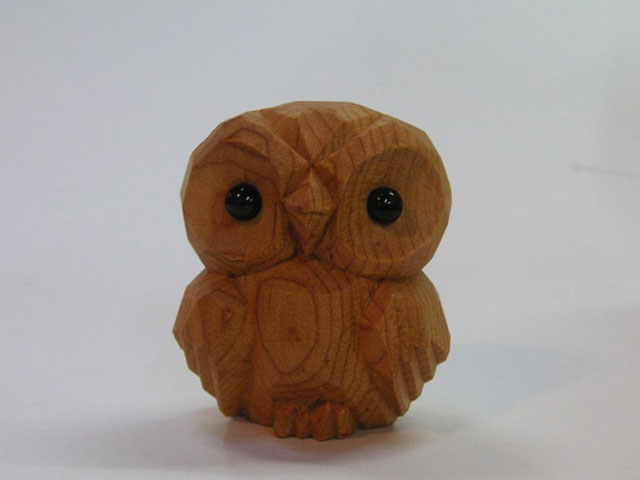
It is known as Tenpo 14 (1843), and is a long-established company of Suichi Takayama. In addition to figurines, there is a lineup of items that are easy to incorporate into everyday life, such as netsuke and brooches.
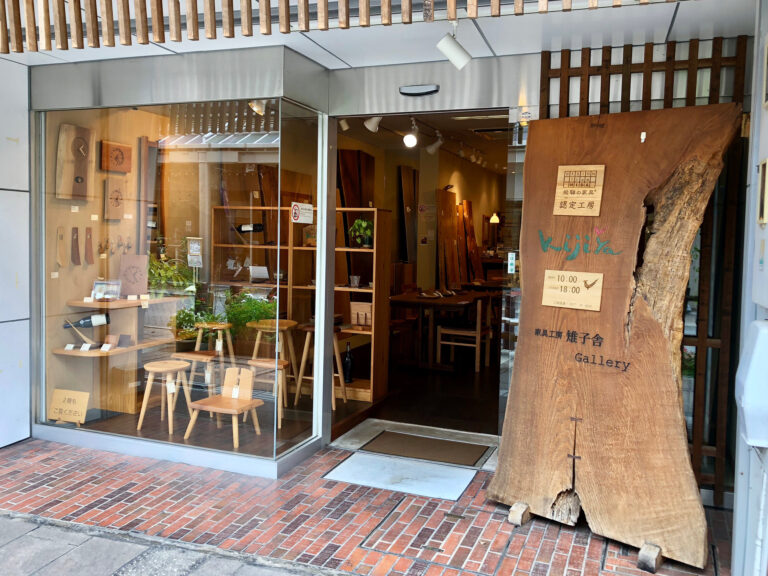
Kishisha Gallery sells original craft accessories as well as furniture such as solid wood tables and chairs. When visiting the store, let's touch the products and feel the warmth, texture and commitment of the wood.
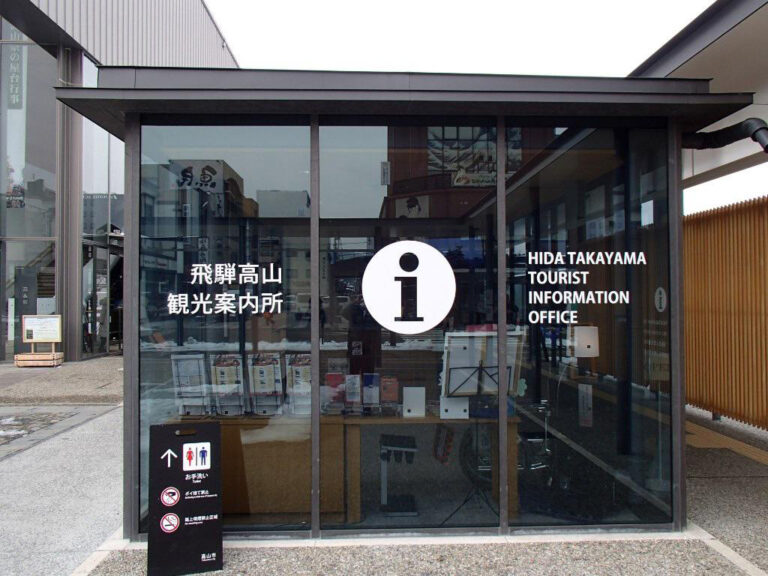
Tourist information center in front of the ticket gate of Takayama Station. If you come to Takayama, visit here first. I want to check out the information of tourist attractions, gourmet spots, and traffic in the city.
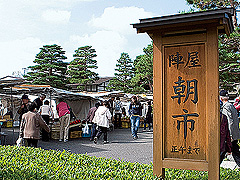
The morning market in Takayama is held at two locations, in front of the square and along the Miyagawa River. It is a market that has been around since the Edo period in ancient times, with locally grown vegetables and fruits and seasonal flowers. It is fun to listen to the conversation of the mothers who speak the dialect of Hida.
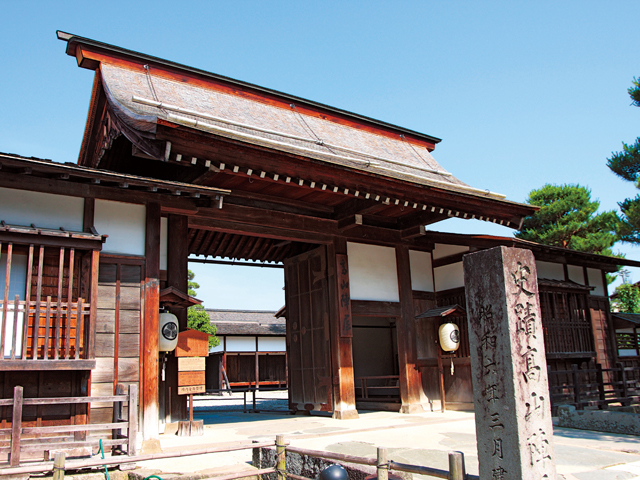
The estate of the government office of the Edo shogunate, the county government office. During 176, when Hida-kuni was a territory of the shogunate, the 25-year-old Dokyō Gundai held the duties here. The heavy front gate with the gatehouse was converted in Tenpo 3 (1832). Some of the government offices, such as the entrance hall, the great hall, and the ginmi-sho, were from the time of the renovation of Culture 13 (1816). In 1695, the Mikura, which was relocated from Takashiro-yama Sannomaru, was a storehouse containing the rice of the year. It is said to be the oldest and largest rice brewery in the country. A daily morning market is held in the square in front of the gate. It takes 30 to 60 minutes (inquiry required for interpreter guide).
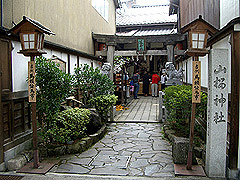
A small shrine known to the local people, under the name of "Ma-tou-sama". There is also a fire loom in the precinct, which reportedly has the effect of the fire control. The annual Ema City, which is held from August 1 to 15 every year, sells paper painting horses and other items. It is said that a picture with a horse loaded with a bag of treasure will attract happiness, and many people will buy it.
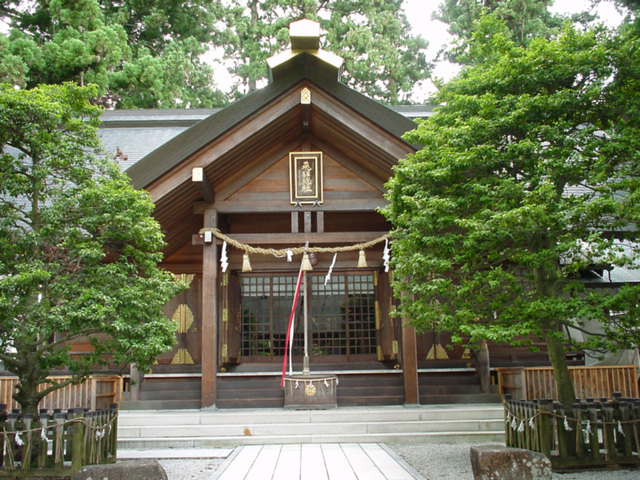
The ancient shrine reportedly as the founding of the Jōping Year (931-938). Although it had been in disrepair since the Middle Ages, it was re-founded in Bunsei 3 (1820) by the younger brother of the Edo period scholar Norinaga Motoori. Eighteen companies in the Hida region are served, and if they visit here, they are said to have the same benefit as visiting all 18 companies. At the annual festival, which is held on May 4 and 5, in addition to the ancient thousand-person procession, there will also be a two-man lion dance. A total of 22 lions dancing together is a masterpiece.
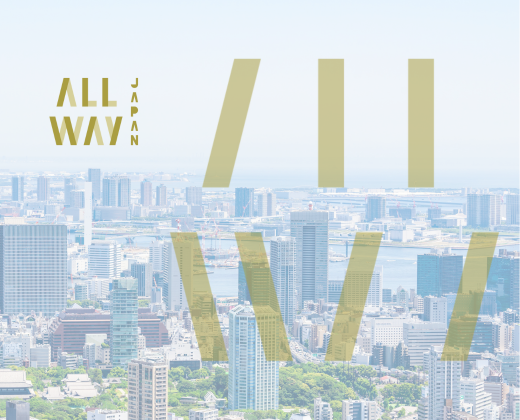
It was one of the Kokubunji temples built under the Imperial Court of Emperor Shōmu, and was founded in Tenpō 18 (746). The main temple (Important Cultural Property), which was rebuilt during the Muromachi period, has the main statue of the Fujiwara period Yakushi Nyorai (Important Cultural Property), and the main statue of the Holy Book (Important Cultural Property). In addition, the pagoda was a seven-piece pagoda at the time of its founding, which was downsized every time it was burned down, and the extant three-piece pagoda was rebuilt in Bunsei 4 (1821). The 1.8m diameter Oishi (historic site) at the northeast corner of the precinct is said to be the cornerstone of the Seven Major Towers at the time of its founding, with a handle hole about 58cm in diameter in the middle. The bell tower gate is said to have been relocated from Takayama Castle.











